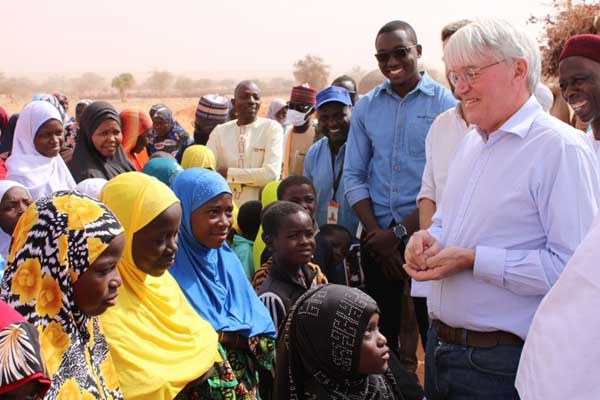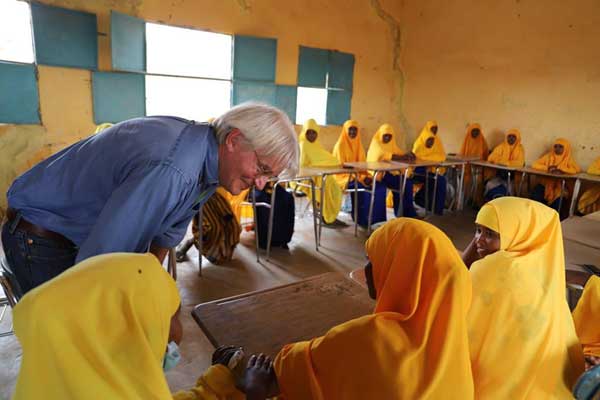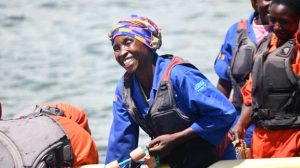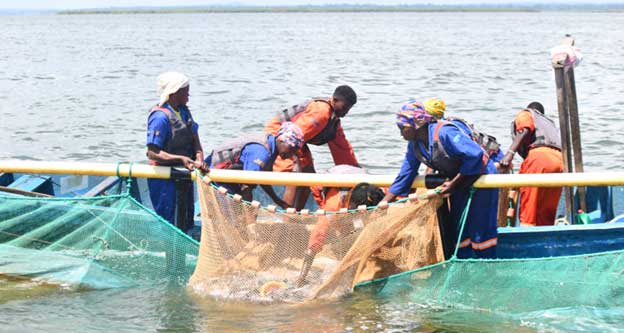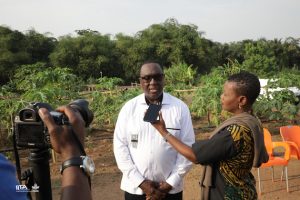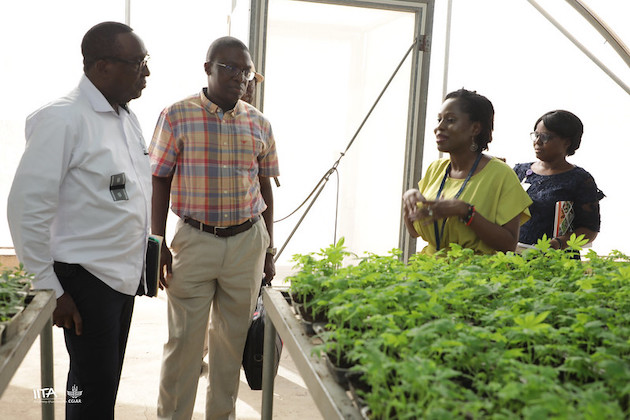Estudo revelou que o obexelimabe produziu melhora clnica rpida, forte e sustentada, incluindo remisso clnica completa, na maioria dos pacientes com IgG4–RD ativa
Os resultados apoiam o desenvolvimento contnuo do obexelimabe para o tratamento de IgG4–RD e potencialmente outras condies autoimunes mediadas por clulas B
WALTHAM, Mass., Aug. 02, 2023 (GLOBE NEWSWIRE) — A Zenas BioPharma, uma empresa biofarmacutica global comprometida em se tornar lder no desenvolvimento e comercializao de terapias imunolgicas, anunciou a publicao da Fase 2 do estudo que avalia o obexelimabe para o tratamento de pacientes com a Doena Relacionada IgG4 (IgG4–RD) Com base nos resultados deste estudo, a Fase 3 do estudo em pacientes com IgG4–RD est em andamento para investigar ainda mais a eficcia e a segurana do obexelimabe administrado como uma injeo subcutnea.
A IgG4–RD uma doena fibroinflamatria crnica imunomediada que pode afetar mltiplos rgos, incluindo as principais glndulas salivares, rbitas, glndulas lacrimais, pncreas, rvore biliar, pulmes, rins e retroperitnio. Cerca de 20.000 pacientes so diagnosticadas com IgG4–RD somente nos Estados Unidos. Apesar da crescente visibilidade da doena, ainda h necessidade de mais pesquisas e opes teraputicas eficazes para indivduos que vivem com essa doena debilitante.
Em todo o mundo, o uso de glicocorticoides amplamente considerado o padro de tratamento para o tratamento de IgG4–RD. No momento no existe nenhum tratamento aprovado para esta condio. Embora comumente usados, os glicocorticoides e as terapias de depleo de clulas B disponveis raramente levam a remisses livres de tratamento a longo prazo e esto associados a um alto risco de toxicidade para os pacientes. Tais terapias tambm prejudicam as respostas vacinais, incluindo as do SARS–CoV–2 e da gripe.
Em um estudo piloto prospectivo, aberto, de brao nico e centro nico para avaliar a eficcia e a segurana do obexelimabe no tratamento de pacientes com IgG4–RD (registro clinicaltrials.gov NCT02725476), o obexelimabe demonstrou forte melhora no IgG4–RD Responder Index, uma medio da atividade da doena, inibindo a funo das clulas B, sem esgotar as clulas B.
O manuscrito publicado, intitulado "Obexelimab for the Treatment of Patients with IgG4–Related Disease: An Open–Label, Single–Arm, Pilot Study to Evaluate Efficacy, Safety, and Mechanism of Action," est disponvel online e constar na edio de agosto do The Lancet Rheumatology 2023;5(8) [E428–E429].
As principais concluses do artigo so as seguintes:
- O Obexelimabe apresentou melhora clnica rpida, forte e sustentada, incluindo remisso completa (pontuao 0 no IgG4–RD Responder Index), na maioria dos pacientes com IgG4–RD ativa.
- Durante o tratamento com obexelimabe, foram observadas redues nas clulas B circulantes, incluindo plasmablastos, sem evidncia de morte celular.
- Alm disso, a reduo das clulas B circulantes e o rpido retorno aos nveis quase normais aps a descontinuao do tratamento, sugerem que o obexelimabe pode levar ao sequestro de clulas B em rgos linfoides ou na medula ssea.
- O Obexelimabe foi bem tolerado. A maioria dos eventos adversos relacionados ao tratamento foram de grau 1 ou 2, com os eventos adversos mais comuns sendo eventos relacionados infuso gastrointestinal, a maioria dos quais foram leves.
"Os resultados so um passo significativo na compreenso dos mecanismos subjacentes da Doena Relacionada IgG4; abrindo caminho para estratgias de tratamento mais direcionadas", disse John Stone, MD, MPH, Professor de Medicina da Harvard Medical School e Edward A. Fox Chair em Medicina do Mass General Hospital. "Nossa equipe tem a honra de ter nossa pesquisa reconhecida pelo The Lancet Rheumatology, e somos imensamente gratos aos pacientes que participaram deste estudo inovador."
Sobre o Obexelimab
O obexelimabe um anticorpo monoclonal humanizado de Fase 3 bifuncional, no citoltico, de investigao que imita a ao dos complexos antgeno–anticorpo por ligao a CD19 e FcRIIb para inibir a atividade das clulas da linhagem B. Em vrios estudos clnicos em fase inicial de diversas doenas autoimunes, 198 indivduos foram tratados com obexelimabe. Nestes estudos clnicos, o obexelimabe demonstrou inibio eficaz da funo das clulas B sem a reduo das clulas, e um efeito encorajador no tratamento de pacientes com vrias doenas autoimunes. Zenas adquire da Xencor, Inc. direitos mundiais exclusivos do obexelimabe.
Mais informaes sobre a Fase 3 (INDIGO) do estudo para o tratamento de Doenas Relacionadas IgG4 esto disponveis em clinicaltrials.gov: NCT05662241.
Sobre a Zenas BioPharma
A Zenas BioPharma uma empresa biofarmacutica mundial comprometida em se tornar lder global no desenvolvimento e comercializao de terapias imunolgicas para pacientes em todo o mundo. Com desenvolvimento clnico e operaes globais, a Zenas est avanando um portflio global profundo e equilibrado das melhores teraputicas autoimunes em potencial em reas de alta necessidade mdicas, atendendo aos requisitos de valor do dinmico ambiente global de sade. O pipeline da empresa continua a crescer por meio da nossa estratgia de desenvolvimento de negcios de sucesso. Nossa experiente equipe de liderana e rede de parceiros de negcios impulsionam a excelncia operacional para oferecer terapias potencialmente transformadoras para melhorar a vida das pessoas que enfrentam doenas autoimunes e raras. Para mais informao sobre a Zenas BioPharma, visite www.zenasbio.com e siga–nos no Twitter em @ZenasBioPharma e LinkedIn.
Contato com Investidores e com a Mdia:
Joe Farmer, Presidente e COO
Zenas BioPharma
IR@zenasbio.com

GLOBENEWSWIRE (Distribution ID 8886118)




